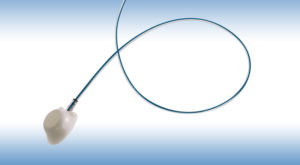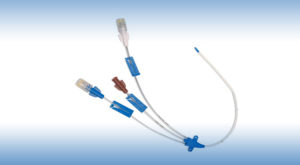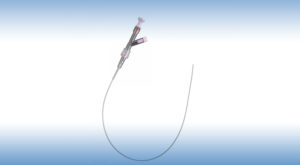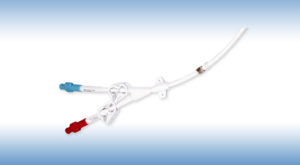Central lines allow your child to receive important medication, hydration, or nutrition. They can also be used to draw blood for lab tests.
A central line is a thin tube (catheter) that’s inserted into a vein, and the end of the catheter sits near the heart. Your child may need a central line if they require reliable intravenous (IV) access, long-term IV access, or in an emergency situation.
There are different types of central lines. The type of central line that is placed depends on how long it will be needed, your child’s medical condition, and the size and condition of the vein it will be placed in.
The types of central lines include:
-
Implanted Port
-
Central Venous Catheter (CVC)
-
Peripherally Inserted Central Catheter (PICC)
-
Hemodialysis or Apheresis Catheter
Central lines need special care in order to keep your child safe and healthy. It’s also important to know the signs and symptoms of complications so you can get your child the medical attention they need, if necessary.



